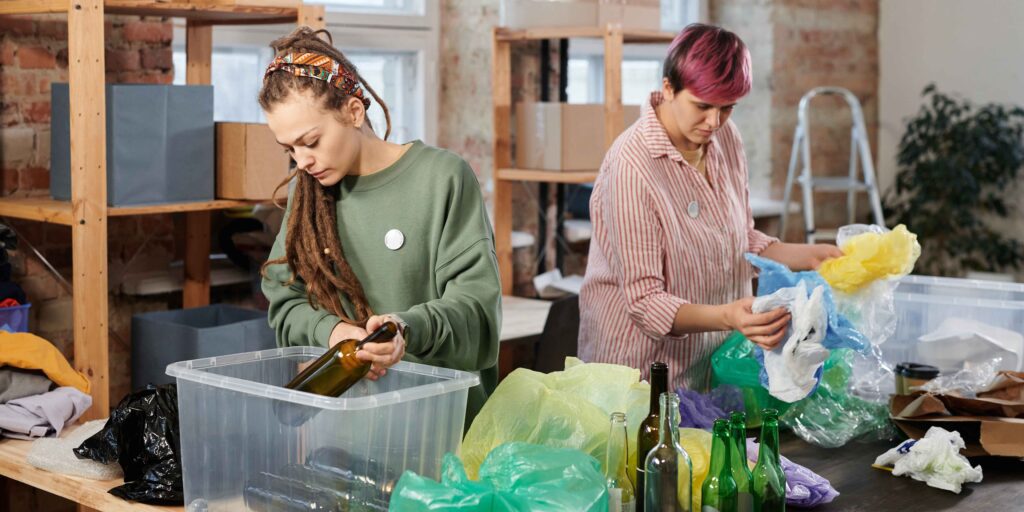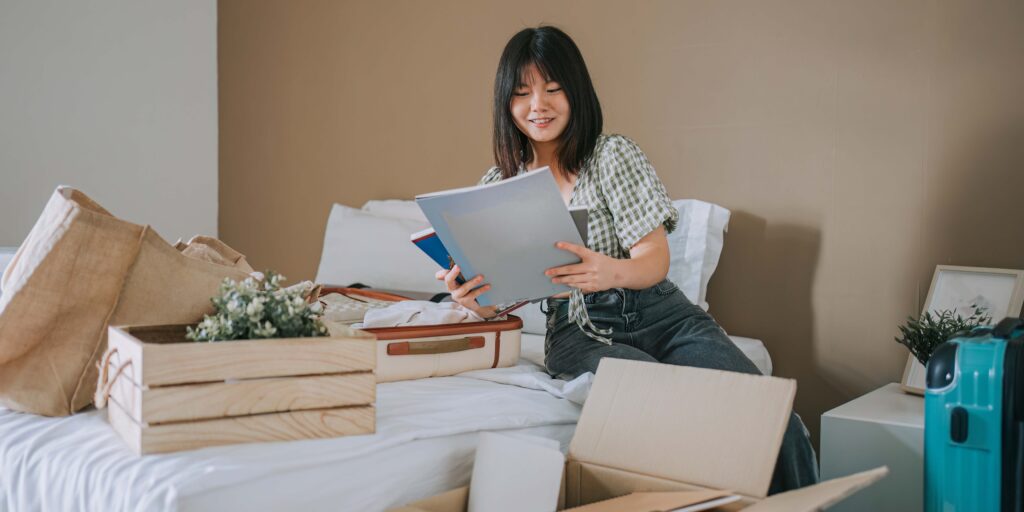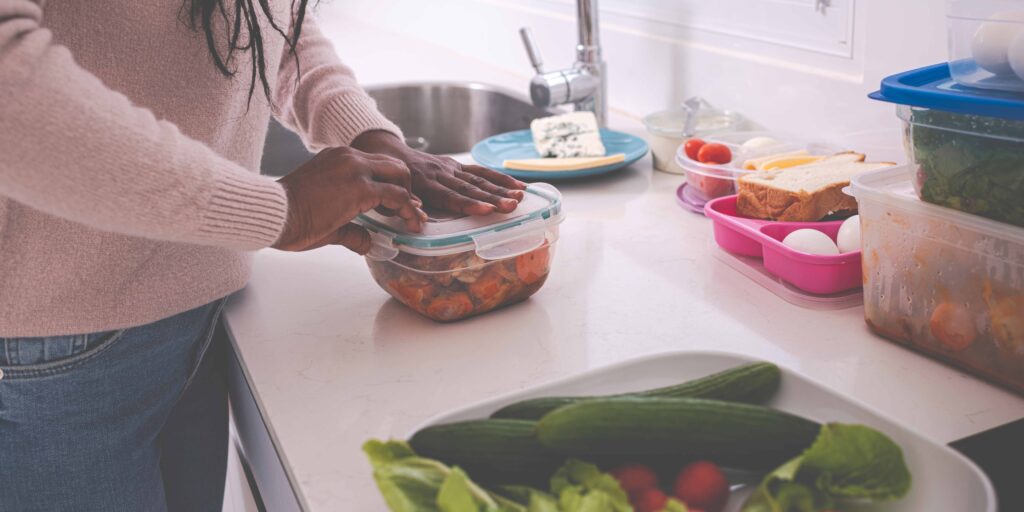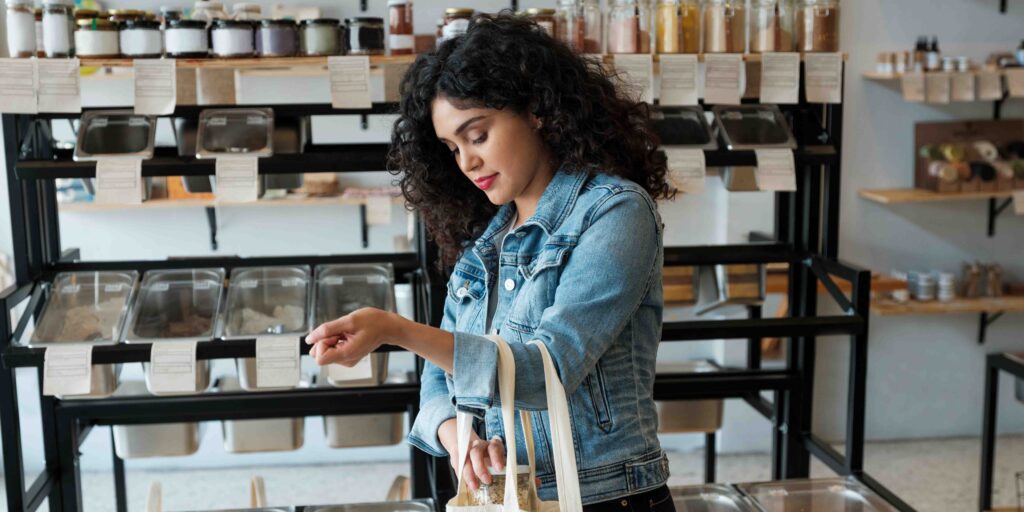Starting your journey towards a more zero-waste lifestyle starts at home! From the food you eat to the soaps and products you use, it’s important to understand where these items are sourced, as well as the impacts these items have on our shared environment.
What is zero waste? First, let’s define what zero waste is to better understand how it affects you and what it means for our communities.
Zero waste is the process of eliminating reusable or repairable materials from ending up in the landfill. Zero waste encourages manufacturers, municipalities, and consumers to evaluate current consumption patterns and minimize single-use items. In order to divert materials from the landfill, we must share the responsibility of producing and consuming sustainable products while limiting our use of disposable items.

While not everything in your home can be hand crafted and biodegradable, knowing what you already have, how to make it last and how to get creative with reusable items by conducting a waste audit can help.
Step 1: Take note of what you are using in your home and in your daily life. Create a list and write down everything you use. Separate by category (i.e.: toiletries, cleaning products, etc.) Using the notes feature on your phone, some scratch paper or a white board are good tools for this.
If you need to declutter your space of any unwanted items, you can check out wastefreesd.org to access a free database of how and where to properly dispose of items or schedule for pickup. If you’re looking to sell anything, Facebook Marketplace is a great way to quickly sell any items.

Step 2: See what items you tend to throw away the most – is it plastic packaging from takeout, product packaging from online shopping, or food waste from leftovers being forgotten?
Try this! A good alternative to using single-use takeout containers is to bring your own to restaurants just in case you have leftovers you want to take home with you!

Step 3: See if you can start to change these habits so you are reducing waste and find more sustainable options out there, such as shopping locally in person when you can, shopping in bulk, and going to refill stores.

Together, by cultivating an awareness of what we are purchasing and using, we are capable of making a collective change that will reduce the amount of waste that is collected in our local landfills.


